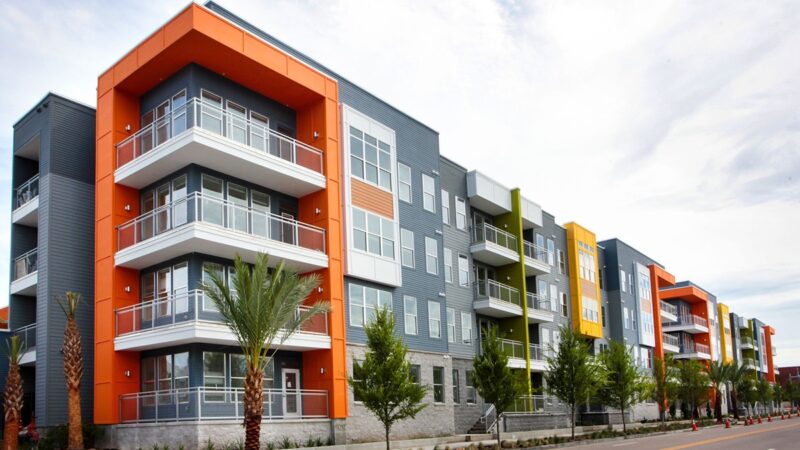Demand for property in Prime Central London in 2023
In spite of the current economic challenges, Rightmove reports that house prices in the city increased 0.2% in December, bringing the average price of a home in London to over £660,000. In particular, according to experts including Notting Hill estate agents demand and activity levels have remained strong throughout the prime central London (Prime Central London) market. According to recent data, the number of sales of homes worth more than £5 million was at its highest point in the first nine months of the year since 2006. In fact, home values across Prime Central London have increased by 2.4% since the pandemic’s beginning.
It would be premature, as we move deeper into 2023, to imply that such strong performance might continue unabated in the coming 12 months; in fact, many of the political and economic difficulties we encountered in 2022 still exist. What can we expect for the Prime Central London market in 2023 in light of this?
Prices will decrease across the board.
First of all, it’s important to put into perspective that the Prime Central London market often follows a different trajectory from the larger UK market. According to many estimates, and foresight by experts likeTooting estate agents, this year’s market-wide price decline could be as much as 9% due to inflation and rising interest rates. They are already softening, in fact.
For instance, data from Nationwide in December showed that prices had dropped for the fourth consecutive month while growth had fallen to its lowest level since mid-2020. As a result, the pressure on housing prices in the broader market in 2023 is expected to persist as long as the economic conditions that are reducing purchasing power persist.
Prime Central London outperforms the remainder of the UK real estate market.
However, the Prime Central London market should be protected from many of these variables and may do better than the overall industry in 2023 as a result. Moreover, evidence obtained by Halifax indicates that it is already doing this; why then, if the past few months are any indication?
One reason is that the economic slowdown is probably having less of an effect on Prime Central London’s purchasing power than it is on the lower to middle segments of the market. As a result, despite the economic uncertainty that is expected to characterise 2023, activity levels and demand should continue to be higher in London’s best residential districts than in the wider market.
Similar to how the weaker pound spurred an influx of overseas purchasers, the Prime Central London market should experience stronger activity and demand levels than the rest of the nation as a result. Given that Carter Jonas estimates that property will cost foreign investors 25% less in September 2022 than it will in June 2021, it comes as no surprise that 57% of property investors in the capital last year were foreigners.
So, this pattern is set to continue through 2023 as long as the pound is weak, shielding the Prime Central London sector from the challenges the larger market will encounter.
Moreover, a large number of homeowners and investors are also buy-to-let landlords in the Prime Central London market (BTL). Given that demand and rental rates have improved over the past 12 months, the possibility of higher rental yields may lead to an increase in buyers looking to profit from price increases. In light of Knight Frank’s forecast that rent prices will rise by 6% in 2023, there will surely be possibilities for buy-to-let investors to make money during this year.
The shortage of housing supply is another major factor in the Prime Central London market’s historical behaviour that has separated it from the rest of the market. With the strong demand and low supply, prices should be supported in the coming year by market competition, especially given that demand is expected to rise by 30%.
Because of this, prices for properties worth more than £15 million may not change or even increase by 1-2% in 2023, in contrast to the remainder of the market, which is expected to experience a fall.
The Prime Central London market is still appealing.
In summary, there is little doubt that economic and political uncertainties will have an effect on the UK housing market in the upcoming 12 months as central banks continue to fight inflation in 2023. Investments in the Prime Central London sector, however, are undoubtedly still appealing and have every possibility of surviving the economic headwinds that are currently dimming the outlook for the whole market, as I have explained above. Consequently, the Prime Central London market should continue to be resilient enough to manage the obstacles of 2023. Yet, lenders must be available to help investors and homeowners navigate the market despite the challenging economic background. Flexibility will be essential, and lenders who can offer it will be better able to take advantage of the chances presented by Prime Central London’s long deserved rebound.





